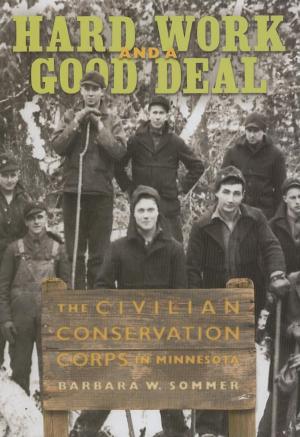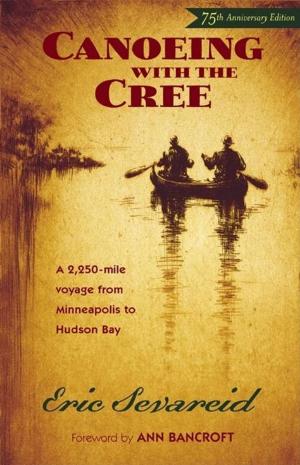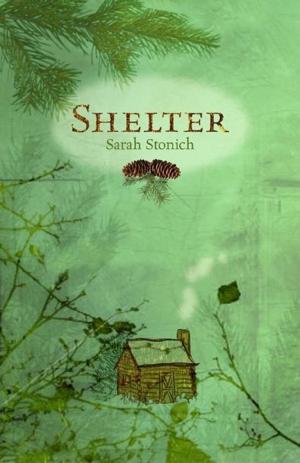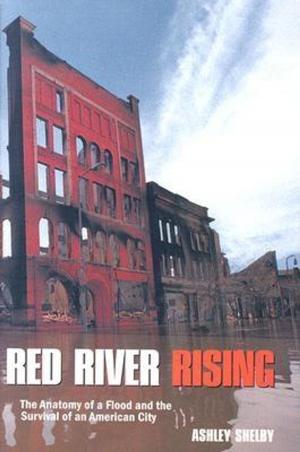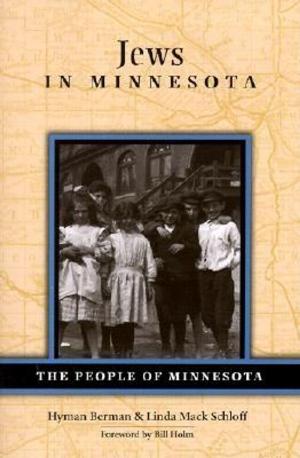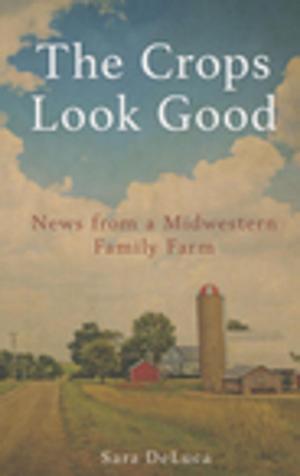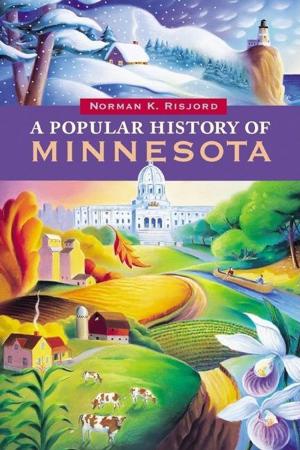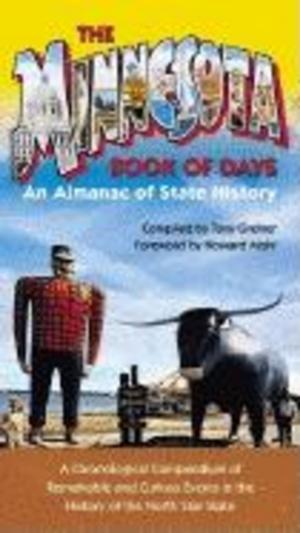The Forest for the Trees
How Humans Shaped the North Woods
Nonfiction, Science & Nature, Nature, Environment, Environmental Conservation & Protection, History, Americas, United States| Author: | Jeff Forester | ISBN: | 9780873517607 |
| Publisher: | Minnesota Historical Society Press | Publication: | January 13, 2010 |
| Imprint: | Minnesota Historical Society Press | Language: | English |
| Author: | Jeff Forester |
| ISBN: | 9780873517607 |
| Publisher: | Minnesota Historical Society Press |
| Publication: | January 13, 2010 |
| Imprint: | Minnesota Historical Society Press |
| Language: | English |
Author Jeff Forester describes how humans have occupied and managed the northern borderlands of Minnesota, from tribal burning to pioneer and industrial logging to evolving conceptions of wilderness and restoration forestry. On the surface a story of Minnesota's borderlands, The Forest for the Trees more broadly explores the nation's history of resource extraction and wilderness preservation, casting forward to consider what today's actions may mean for the future of America's forests.
From early settlers and industrialists seeking the pine forests' wealth to modern visitors valuing the tranquility of protected wilderness, the region known today as the Boundary Waters Canoe Area Wilderness has offered assorted treasures to each generation. By focusing on the ecological history of the BWCAW's Winton watershed, Forester shows how the global story of logging, forestry, conservation, and resource management unfolded in the northern woods of Minnesota. The result is a telling exploration of human attitudes toward wilderness: the grasp after a forest's resources, the battles between logging and tourist interests, and decades of conservation efforts that have left northern Minnesota denuded of white pine and threatened with potentially devastating fire.
The result of a decade of research, The Forest for the Trees chronicles six phases of human interaction with the BWCAW: tribal, burning the land for cultivation; pioneering, harvesting lumber on a small scale; industrial, accelerating the cut and consequently increasing the fire danger; conservation, reacting to both widespread fires and unsustainable harvest levels; wilderness, recognizing important values in woodlands beyond timber; and finally restoration, using prescribed burns and other techniques to return the forest to its "natural" state. Whether promoted or excluded, one constant through these phases is fire. The Forest for the Trees explores how tribal people burned the land to encourage agriculture, how conservationists and others later fought fire in the woods by completely suppressing it, and finally how scientific understanding brought the debate full circle, as recent controlled burns in the BWCAW seek to lessen significant fuel loads that could produce fires of unprecedented magnitude.
Author Jeff Forester describes how humans have occupied and managed the northern borderlands of Minnesota, from tribal burning to pioneer and industrial logging to evolving conceptions of wilderness and restoration forestry. On the surface a story of Minnesota's borderlands, The Forest for the Trees more broadly explores the nation's history of resource extraction and wilderness preservation, casting forward to consider what today's actions may mean for the future of America's forests.
From early settlers and industrialists seeking the pine forests' wealth to modern visitors valuing the tranquility of protected wilderness, the region known today as the Boundary Waters Canoe Area Wilderness has offered assorted treasures to each generation. By focusing on the ecological history of the BWCAW's Winton watershed, Forester shows how the global story of logging, forestry, conservation, and resource management unfolded in the northern woods of Minnesota. The result is a telling exploration of human attitudes toward wilderness: the grasp after a forest's resources, the battles between logging and tourist interests, and decades of conservation efforts that have left northern Minnesota denuded of white pine and threatened with potentially devastating fire.
The result of a decade of research, The Forest for the Trees chronicles six phases of human interaction with the BWCAW: tribal, burning the land for cultivation; pioneering, harvesting lumber on a small scale; industrial, accelerating the cut and consequently increasing the fire danger; conservation, reacting to both widespread fires and unsustainable harvest levels; wilderness, recognizing important values in woodlands beyond timber; and finally restoration, using prescribed burns and other techniques to return the forest to its "natural" state. Whether promoted or excluded, one constant through these phases is fire. The Forest for the Trees explores how tribal people burned the land to encourage agriculture, how conservationists and others later fought fire in the woods by completely suppressing it, and finally how scientific understanding brought the debate full circle, as recent controlled burns in the BWCAW seek to lessen significant fuel loads that could produce fires of unprecedented magnitude.

